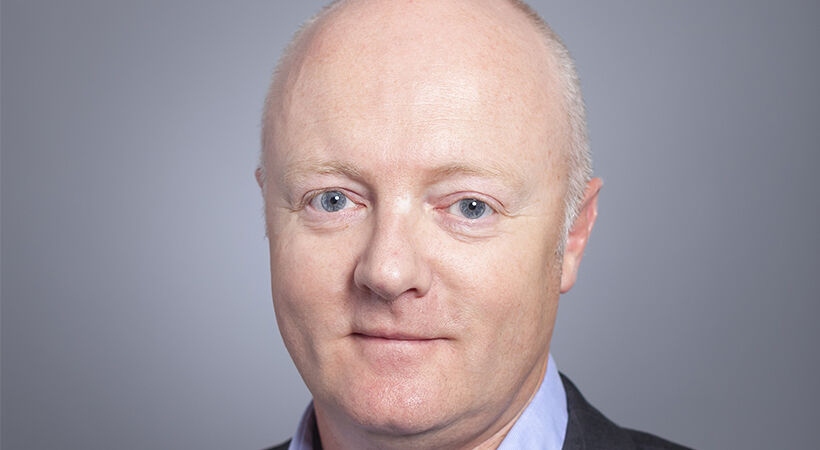Michiel Panders, R&M general manager Europe says that true sustainability requires more than using efficient technologies and materials, working with checklists, and sharing results. It requires ongoing critical review of processes and supply chains and questioning business processes that often haven't fundamentally changed in decades.
Data-driven management of lighting or heating, for example, is helping improve companies' overall sustainability performance. Integrated intelligent building solutions, based on a common platform such as IP, make the most of these benefits. Data and AI are also crucial for continuously optimising logistics, production and supply chain processes. They provide valuable insights that enable you to make energy-saving adjustments. In data centres, for example, targeted cooling is crucial for expanding or downsizing more efficiently. Targeted cooling and new low-power chip and memory designs not only reduce power consumption, but also reduce space usage by increasing computing power per square foot.
If each rack is supplied with 10 kW, the current throughput combined with the density of the equipment can only fill 50%-60% of that rack. There are not enough kW's per rack to power more hardware. Despite better equipment performance and higher density, you end up building and cooling larger spaces than you actually need.
For each part of the network it pays to investigate whether fibre or copper cabling offers the best environmental performance, looking at aspects such as idle power consumption. BREKO, Germany's leading broadband association, states that copper networks consume up to 17 times more electricity than fibre optic networks. Germany's Umweltbundesamt (environmental agency) claims that CO2 emissions per hour of video streaming for FTTH is only half that of the fastest copper network. Fibre is light and thin, which reduces transport emissions, and is made from silicate, which is available in virtually unlimited quantities. When it comes to data transmission, 1 kg of glass is as powerful as 1,000 kg of copper. A study by the FTTH Council Europe shows that fibre optic networks emit 88% less greenhouse gases per gigabit than existing technologies.
More efficient production processes and machines might reduce CO2 emissions, but the distance to your customers and markets is just as important – possibly even more important. Local manufacturing and assembly can significantly improve delivery speed and reduce CO2 emissions. You might have successfully introduced low-carbon production processes, but if a product has to be returned as a result of defects or incompatibility, for example, all those gains could be lost. If deliveries are ‘First-time-right', nothing needs to be returned, which means no wasted products, packaging or transport. This requires strict adherence to manufacturing and testing protocols, as well as going through plans, architectural proposals and installation processes with customers.
SMEs that don’t need a large data centre (yet) can opt for a 'DC in a rack' with optimised power supply, cooling and so on. Why install cooling, power supply, fire protection or raised floors in a large space if you only use one or maybe a few racks? Growing companies can add racks or move their DC, instead of building a completely new installation including fire management, power supply, cooling and so on. This is faster and more cost-effective, and also reduces carbon footprint. Building (or rebuilding) dedicated spaces has a greater environmental impact than moving a stand-alone, pre-configured solution.
A broad approach to sustainability based on following guidelines while critically reviewing existing processes will produce the most sustainable results, providing this approach is anchored in the corporate culture. Of course, sustainability performance and carbon reduction are also essential for company branding and attracting young talent.


